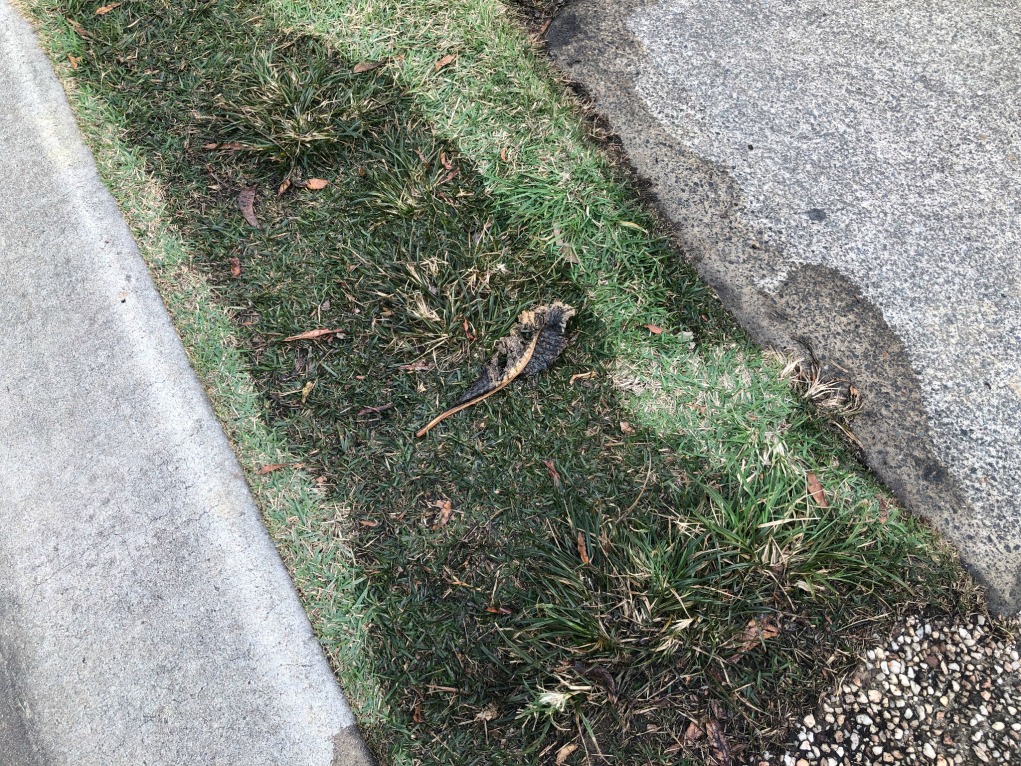Exactly how to Discover and Repair Work Water Leaks-- A Comprehensive Guide
Exactly how to Discover and Repair Work Water Leaks-- A Comprehensive Guide
Blog Article
The article author is making a number of great pointers related to Detecting hidden plumbing leaks overall in this great article directly below.

Early discovery of dripping water lines can mitigate a possible disaster. Some little water leakages may not be noticeable.
1. Check Out the Water Meter
Examining it is a proven method that helps you uncover leaks. If it relocates, that indicates a fast-moving leakage. This suggests you may have a sluggish leakage that can even be below ground.
2. Examine Water Consumption
If you detect unexpected adjustments, in spite of your intake being the same, it indicates that you have leakages in your plumbing system. A sudden spike in your expense indicates a fast-moving leak.
A constant boost every month, also with the very same routines, shows you have a slow leakage that's likewise gradually intensifying. Call a plumber to extensively examine your residential or commercial property, specifically if you feel a warm location on your flooring with piping underneath.
3. Do a Food Coloring Test
30% comes from commodes when it comes to water usage. Test to see if they are running correctly. Decline flecks of food shade in the tank and also wait 10 minutes. There's a leakage in between the storage tank and dish if the shade in some way infiltrates your dish during that time without flushing.
4. Asses Outside Lines
Don't forget to inspect your outdoor water lines as well. Examination faucets by attaching a garden tube. Should water leak out of the link, you have a loose rubber gasket. Replace this and also make sure all connections are tight. If you have actually obtained a lawn sprinkler, it will assist get it expertly checked out as well as kept every year. One tiny leak can lose tons of water as well as spike your water expense.
5. Examine the circumstance and inspect
Home owners ought to make it a habit to examine under the sink counters and also even inside cupboards for any bad odor or mold and mildew growth. These 2 red flags indicate a leakage so prompt focus is needed. Doing routine evaluations, also bi-annually, can conserve you from a major issue.
Inspect for discolorations and weakening as most pipes and also home appliances have a life expectancy. If you suspect leaking water lines in your plumbing system, don't wait for it to escalate.
Early discovery of dripping water lines can minimize a prospective calamity. Some small water leakages may not be noticeable. Examining it is a guaranteed way that assists you uncover leaks. One small leak can throw away tons of water and surge your water expense.
If you presume dripping water lines in your plumbing system, don't wait for it to rise.
How to Know If Your Home Has a Hidden Leak
Water Meter Reveals Inexplicable Water Usage
If you’d like to test whether or not there’s a leak somewhere in your home, you can do this using your water meter. Here is how to conduct the test:
Don’t use any water in your home for at least 30 minutes; this also means not turning on faucets or water-using appliances.
Go outside, and check your water meter for activity.
If your water meter shows that there was activity, even though no one was using any water, this proves that there is a leak in your home.Visible Mold or Mildew Growth
Leaks behind walls create moist, dark environments that allow mold and mildew to grow and thrive. Eventually, you might see mold growth forming on the wall closest to a hidden leak.
If mold is growing in an area that receives a high amount of moisture, such as a bathroom, it may simply be an indication that better ventilation is needed. However, if you see mold growth on a wall or the ceiling in an area where you would not expect, you probably have a hidden leak.
Musty, Mildew Odor
Sometimes you might not be able to see the mold or mildew that is growing as a result of a leak. However, the smell can give the problem away just as easily. If you catch a whiff of something musty, there’s a good chance that old water is collecting somewhere in your home that you can’t see.
Stained/Warped Walls, Ceilings, or Floors
When your home soaks up water, a variety of red flags can become visible, including ceiling stains, bubbling drywall, warped walls, and sagging floors. While these issues can be caused by excess humidity, they can also be signs that a pipe or plumbing connection has started leaking behind your walls.
Inexplicably High Water Bill
After a while, you get a general sense for what your water bill should be. If you own a pool or sprinkler system, your bill will tend to be higher during summer. However, if you receive a water bill that seems especially high, and you can’t figure out what caused it, then you may have a hidden leak somewhere that’s increasing your bill.
https://www.plumbingjoint.com/blog/2019/july/how-to-know-if-your-home-has-a-hidden-leak/

As an avid person who reads on Locating water leaks, I thought sharing that excerpt was worthwhile. Those who enjoyed reading our blog posting plz don't forget to share it. We love reading our article about Leaking water lines.
Report this page